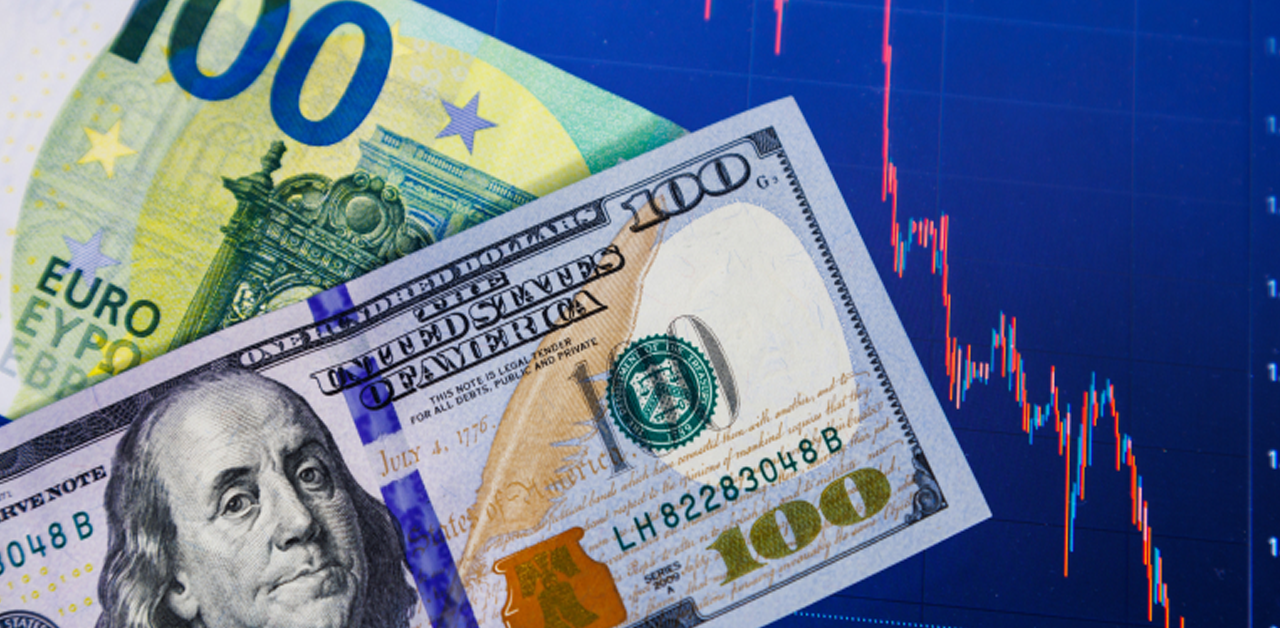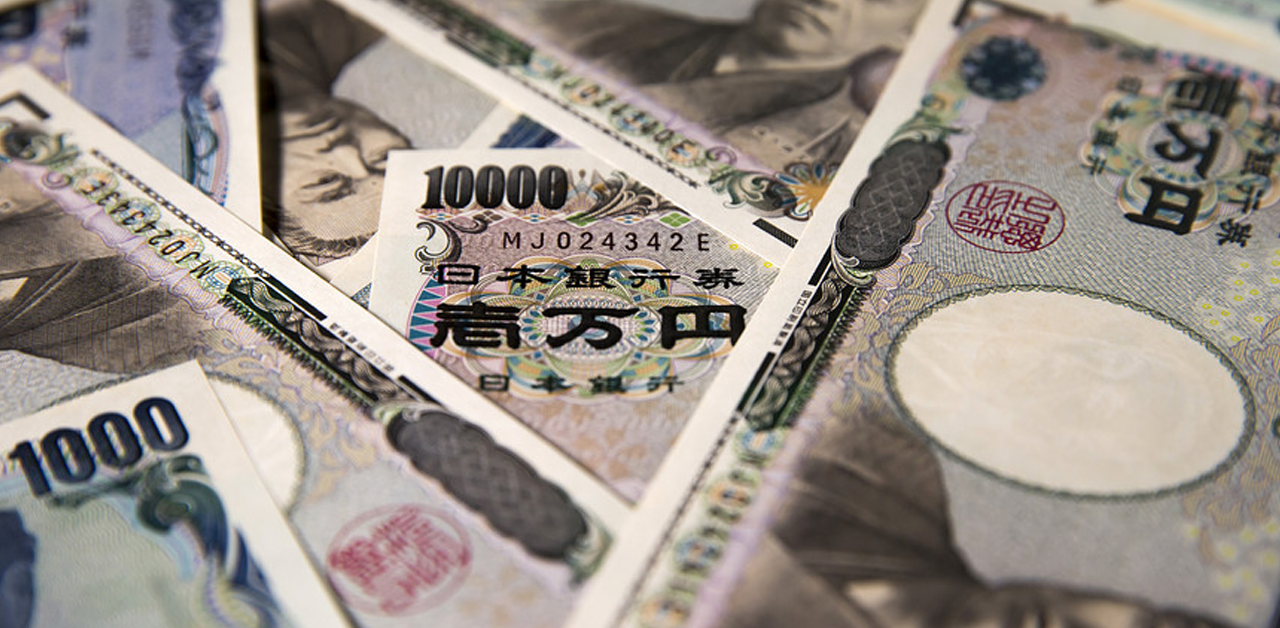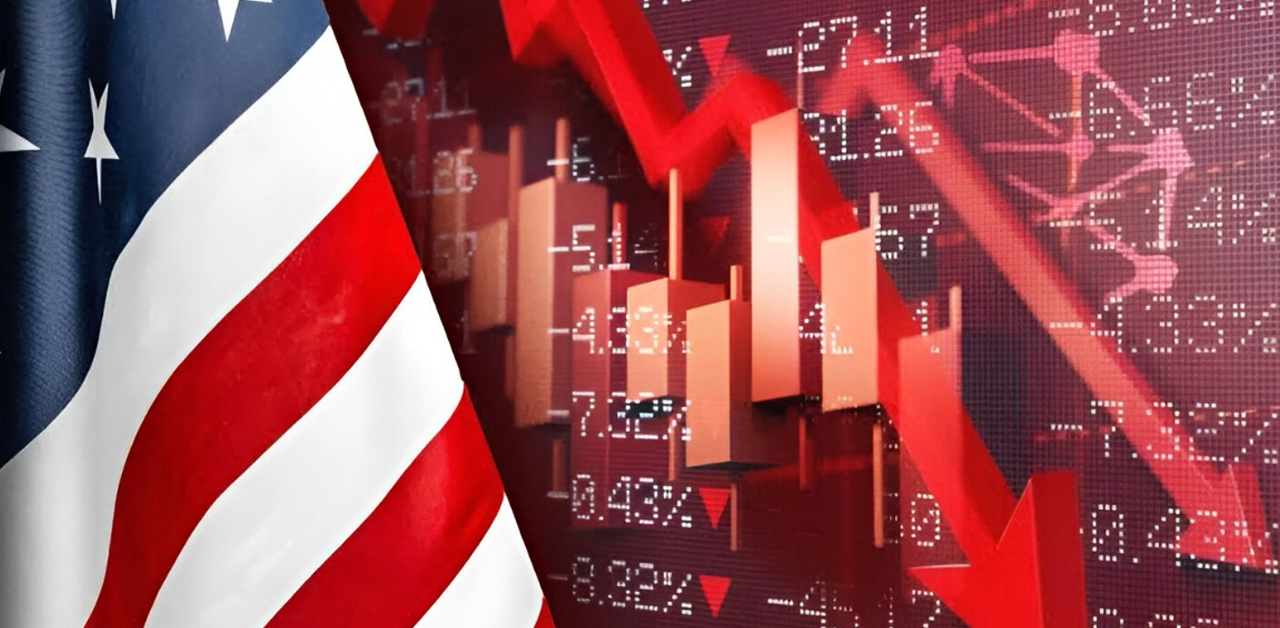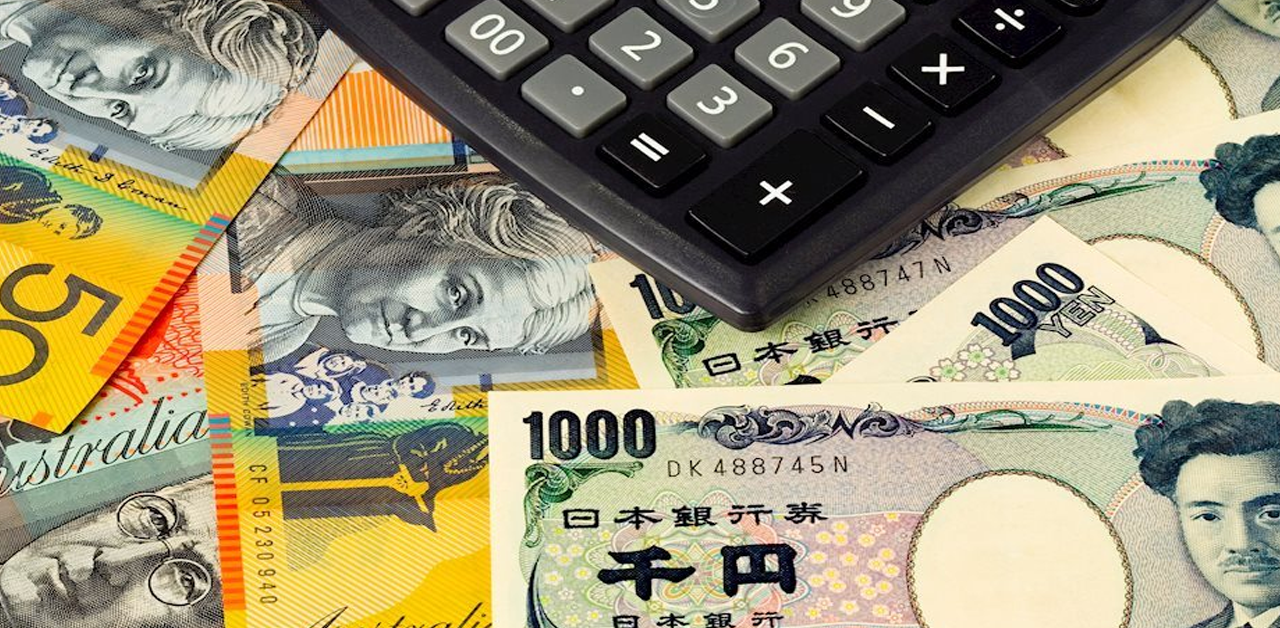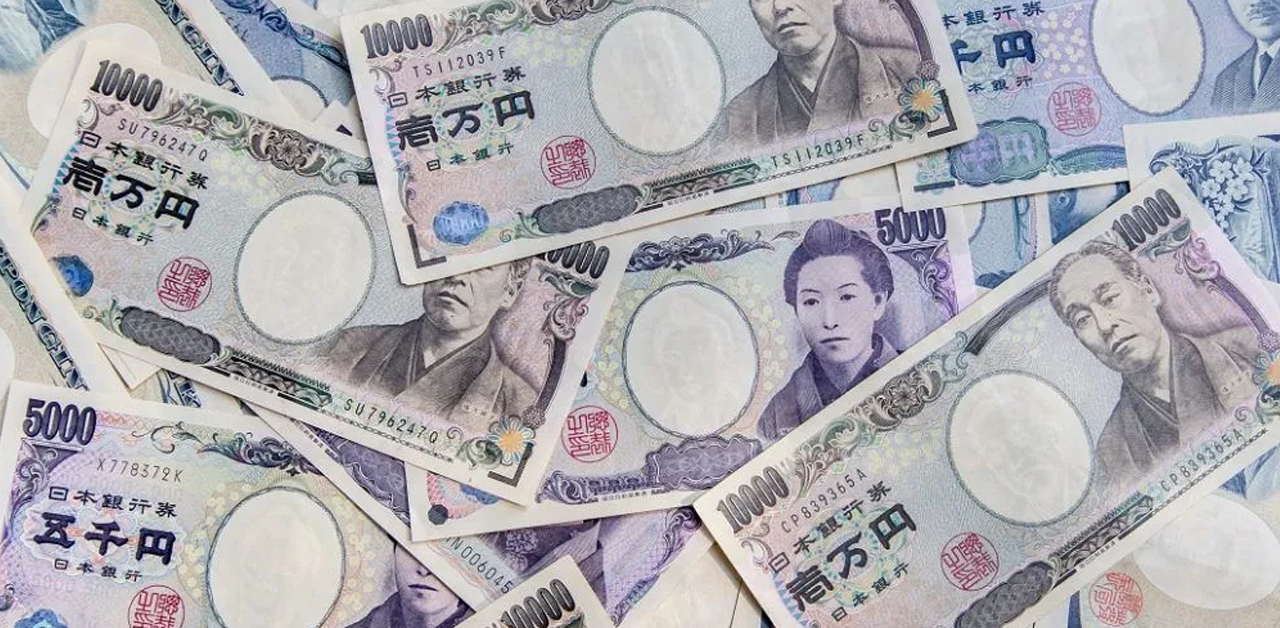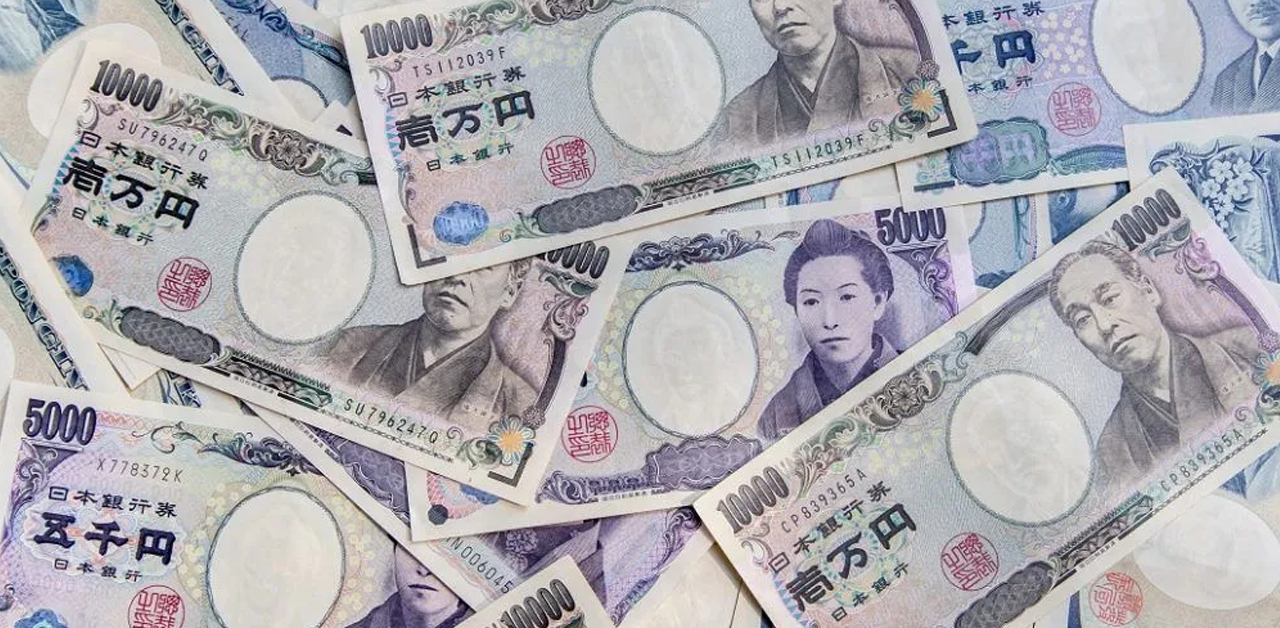Are you planning a trip to the United States or looking to invest in US businesses? Understanding the exchange rate between the British Pound (GBP) and the US Dollar (USD) is crucial. This comprehensive guide covers everything you need to know about GBP to USD exchange rates, including key factors influencing fluctuations, historical trends, and tips on getting the best exchange rates.
Whether you’re a frequent traveler, an expat living in the US, or an investor, this guide will help you make informed financial decisions and maximize your currency transactions. You’ll also learn about the impact of Brexit and other global events on the GBP to USD exchange rate and where to find up-to-date exchange rates.
Factors Influencing GBP to USD Exchange Rates
Several factors influence the GBP to USD exchange rate, and understanding these can help you anticipate movements in the currency market:
- Economic Performance: The relative strength of the UK and US economies is a significant factor. When the UK economy experiences strong GDP growth, low inflation, and high employment, the GBP tends to appreciate against the USD. Conversely, if the US economy outperforms the UK, the USD strengthens, causing the GBP to weaken.
- Political Stability: Political events, such as Brexit or changes in government policies, can affect investor confidence in a currency. Increased uncertainty tends to drive demand for safe-haven currencies like the USD, weakening the GBP in times of instability.
- Interest Rates: Interest rate changes by the Bank of England (BoE) and the US Federal Reserve (Fed) directly impact the GBP to USD exchange rate. Higher interest rates attract investors, increasing demand for that currency and strengthening its value.
- Global Events and Geopolitics: Global economic events, such as trade negotiations or geopolitical tensions, can cause fluctuations in exchange rates as investors seek safer assets.
Historical Overview of GBP to USD Exchange Rates
The GBP to USD exchange rate has seen significant fluctuations over time. Here’s a brief overview of key historical trends:
- Early 20th Century: The GBP was once the world’s reserve currency, and its value was pegged to the USD. However, the system collapsed during the Great Depression, leading to flexible exchange rates.
- Post-World War II: The Bretton Woods system pegged the USD to gold, and other currencies, including the GBP, were fixed to the USD. This system was abandoned in the early 1970s, leading to the floating rates we see today.
- 1980s: The GBP reached a high point of nearly $2 per £1, but soon after experienced a prolonged period of depreciation.
- 2008 Financial Crisis: The global financial crisis caused the GBP to fall to $1.50 per £1. The years since have seen further volatility, influenced by Brexit, political developments, and changes in monetary policy.
Understanding Exchange Rate Terminology
Before diving into exchange rates, it’s important to understand some key terms:
- Spot Rate: The current market price for exchanging one currency for another.
- Bid and Ask Prices: The bid price is the amount a buyer is willing to pay, while the ask price is the amount a seller is willing to accept. The difference between the two is known as the spread.
- Base and Counter Currency: The base currency is the first in a pair, and the counter currency is the second. In GBP/USD, GBP is the base, and USD is the counter currency.
How to Calculate GBP to USD Exchange Rates
To calculate the exchange rate, you simply multiply the amount of GBP by the exchange rate. For example, if the exchange rate is 1.30 and you have £100, you’ll get $130 (£100 x 1.30 = $130). To convert USD to GBP, divide the USD amount by the exchange rate.
Exchange rates fluctuate constantly, so always check the current rate before making any conversions. You can use online tools or check with financial institutions for real-time rates.
The Role of Central Banks
The actions of central banks like the BoE and the Fed significantly influence the GBP to USD exchange rate:
- Bank of England (BoE): The BoE controls the UK’s interest rates and monetary policy. Higher interest rates tend to strengthen the GBP, as they offer better returns to investors.
- US Federal Reserve (Fed): Similarly, changes in the Fed’s interest rate decisions affect the strength of the USD.
Central banks may also intervene in currency markets to stabilize their currency, but such actions are rare and typically have short-term effects.
Economic Indicators that Affect GBP to USD Exchange Rates
A variety of economic indicators provide insight into the relative strength of the UK and US economies, which in turn influence the GBP to USD exchange rate:
- Gross Domestic Product (GDP): A higher GDP growth rate in the UK compared to the US typically strengthens the GBP.
- Inflation Rates: High inflation erodes purchasing power, weakening a currency. Differences in inflation rates between the UK and US can lead to exchange rate fluctuations.
- Employment Data: Strong employment numbers, particularly in the US, can strengthen the USD as it signals a healthy economy.
- Trade Balance and Consumer Confidence: Other indicators like trade deficits, consumer confidence, and industrial production also influence exchange rates.
Conclusion and Final Thoughts
Understanding the GBP to USD exchange rate is crucial for anyone dealing with currency conversion, whether for travel, investment, or business. By keeping an eye on economic indicators, interest rate decisions, and global events, you can make better decisions and maximize your currency exchanges.
Monitoring exchange rates and understanding the factors influencing them will allow you to navigate currency fluctuations and find the best deals. Whether you’re exchanging GBP for USD or vice versa, staying informed is the key to making sound financial decisions.


